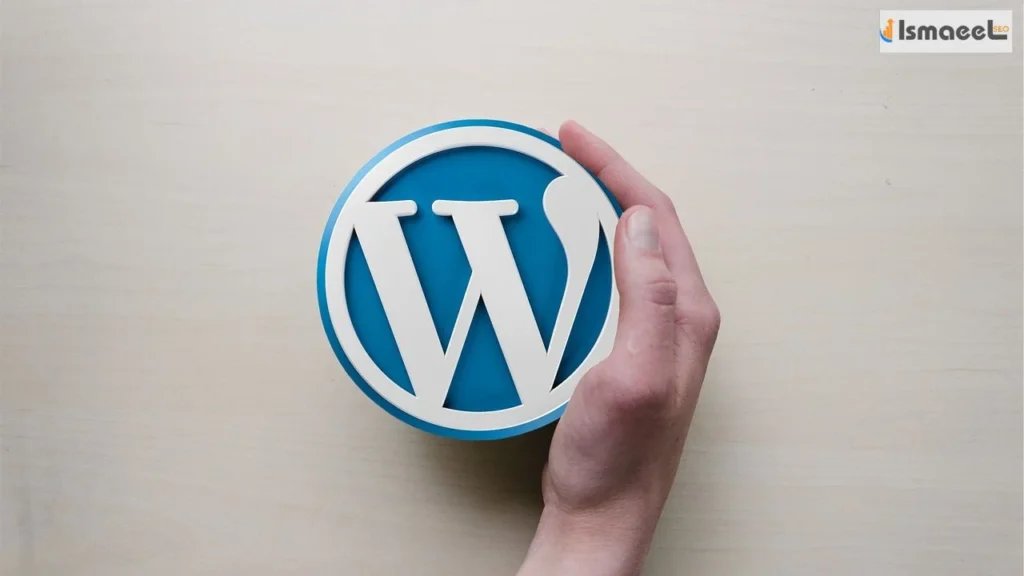Hello there, fellow digital adventurers! Today, I’m thrilled to dive into a topic that’s close to my heart and, I bet, quite intriguing to many of you – WordPress. Whether you’re a budding blogger, a small business owner, or just curious about the digital world, understanding WordPress is like unlocking a new realm of possibilities. So, seize your favorite mug of java, and let’s set sail on this exciting voyage together!
Table of Contents
What is WordPress Mainly Used For?
Let’s start with the basics. WordPress stands as a formidable force in the arena of website development. It’s an open-source platform that makes website design and management accessible to everyone, regardless of their technical know-how. From personal blogs to sophisticated e-commerce sites, WordPress caters to a diverse range of needs. Its flexibility and user-friendliness are why it’s so popular.

How to Use WordPress: A Step-by-Step Guide
If you’re just starting out, you may question, “Is WordPress really something I can use?” Absolutely! Here’s a simple roadmap:
Choose a Hosting Provider:
Every website needs a home, and for WordPress sites, it starts with a hosting provider. Services like Bluehost or SiteGround are great options.
1. Install WordPress:
Many hosts offer one-click WordPress installation – it’s that easy!
2. Select Your Theme:
Themes define your site’s look and feel. Choose one that resonates with your vision.
3. Customize Your Site:
Add pages, create menus, and personalize your site to your taste.
4. Install Plugins:
Plugins add functionality. Want an online store? WooCommerce is your go-to plugin.
5. Create Content:
Now, the fun part – start blogging or adding products to your site.
6. Optimize for SEO:
Use plugins like Yoast SEO to make your site Google-friendly.
The WordPress Learning Curve for Beginners
If you’re starting out, you might wonder, “Is WordPress beginner-friendly?” My answer is a resounding yes! WordPress’s intuitive design makes it a breeze for newcomers. Plus, there’s a massive community and plenty of resources to help you out.

Deciding When to Use WordPress
So, when should you choose WordPress? If you value flexibility, control over your content, and a wide range of features, WordPress is your go-to platform. Whether it’s for a personal blog, a business website, or an online portfolio, WordPress adapts to your needs.
Who Really Needs WordPress?
Anyone aiming to establish an online presence can benefit from WordPress. Bloggers, small businesses, large corporations, and even non-profits find WordPress ideal for their websites.
WordPress: Free or Paid?
Here’s some good news – WordPress is free! You can download, install, and modify it at no cost. However, you’ll need to pay for hosting and maybe a premium theme or plugins, depending on your needs.
Is WordPress SEO-Friendly?
Absolutely! WordPress is designed with SEO in mind. With the right themes and plugins, like Yoast SEO, optimizing your site for search engines becomes a cakewalk.
The Role of Coding in WordPress
Worried about coding? Don’t be. You can build a stunning WordPress site without touching a single line of code. However, if you know your way around HTML, CSS, or PHP, that’s a bonus!
Learning WordPress Quickly
“Can I learn WordPress in 3 days?” While mastering WordPress takes time, grasping the basics over a weekend is definitely achievable, especially with the plethora of online tutorials and resources.
Creating a WordPress Site in 7 Steps
Creating a WordPress site can be broken down into seven manageable steps:
- Domain and Hosting Setup: Choose a domain name and sign up for web hosting.
- WordPress Installation: Install WordPress via your hosting provider.
- Theme Selection: Pick a theme that aligns with your site’s purpose.
- Plugin Integration: Install essential plugins for functionality.
- Content Creation: Start adding your content – pages, posts, images.
- SEO Optimization: Apply basic SEO principles to boost visibility.
- Launch: Once everything’s set, go live!
Starting with WordPress
Beginning with WordPress is as simple as signing up for web hosting, installing WordPress, and exploring its dashboard. Dive into theme and plugin customization to start shaping your site.

How to Start a Website with WordPress
Starting a website with WordPress involves selecting a hosting provider, choosing a domain name, installing WordPress, and customizing your site with themes and plugins. Remember, your website is a reflection of your vision, so let your creativity flow!
WordPress in Action: An Example
To understand WordPress better, let’s consider an example. Imagine a food blog – “Gourmet Adventures.” Using a theme like ‘Foodie Pro’ and plugins like ‘WP Recipe Maker,’ the blog transforms into a visually appealing and functional site, showcasing recipes and food stories.
WordPress: Not Just for Blogs
Originally starting as a platform for bloggers, WordPress has since undergone significant evolution. Today, it powers all sorts of websites – from online stores to professional portfolios.
The Language Behind WordPress
WordPress is primarily written in PHP, a popular scripting language. It also uses HTML, CSS, and JavaScript, making it a robust platform for web development.
Who Uses WordPress?
WordPress is used by individuals, small businesses, large corporations, and even celebrities. Its adaptability is what attracts a diverse range of users.
The Best Time to Use WordPress
The best time to use WordPress is when you need a flexible, scalable, and user-friendly platform for your online presence. It’s adaptable for nearly every kind of website imaginable.
Finding WordPress
WordPress can be found at WordPress.org, the official site where you can download the software. Remember, there’s also WordPress.com, a hosted solution, but with different functionalities.
Why Use WordPress?
You should use WordPress because it’s flexible, user-friendly, and has a strong community support. Its extensibility with themes and plugins allows you to build almost any type of website.
Advantages of Using WordPress
The advantages of using WordPress include ease of use, flexibility, a massive array of themes and plugins, strong community support, and SEO friendliness.
Optimizing WordPress Performance: 10 Tips
- Choose a good hosting provider.
- Keep WordPress and plugins up to date.
- Optimize images for speed.
- Use caching plugins.
- Minimize plugin usage.
- Optimize your WordPress database.
- Use a content delivery network (CDN).
- Implement lazy loading for images.
- Minify CSS and JavaScript files.
- Regularly backup and maintain your site.
WordPress’s Impact on Businesses
WordPress has transformed how companies tackle their digital presence.Its ease of use, flexibility, and scalability make it an ideal choice for businesses of all sizes.
To delve deeper into WordPress and its nuances, check out this fantastic resource: What Is WordPress? A Beginner’s Guide. And for further insights and tips on digital marketing and SEO, do visit my website at ismaeelseo.com.
That’s a wrap on our WordPress journey today. I hope you found this guide enlightening and are now more equipped to embark on your own WordPress adventure. Remember, every great website starts with a single click. Happy WordPressing!

